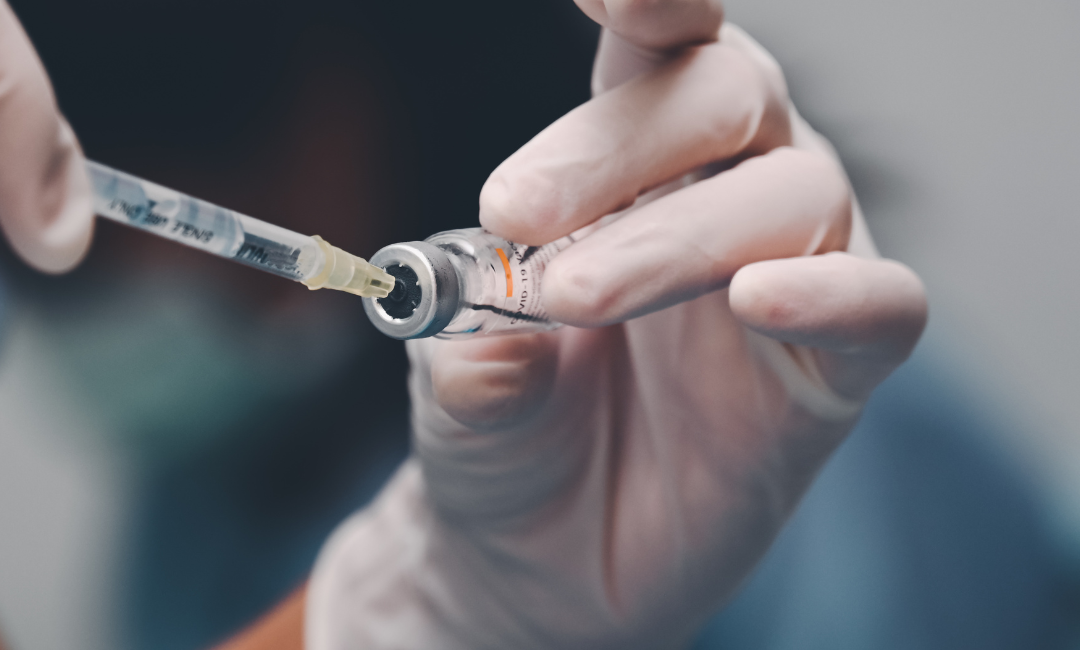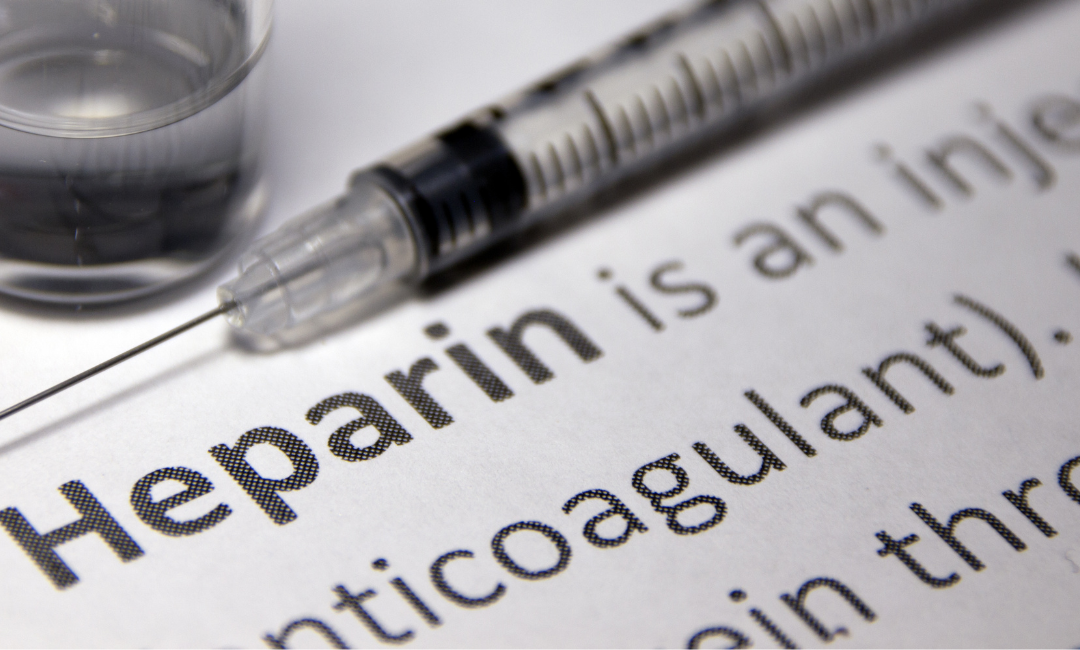Rebranding the ‘Pulse Check’ in CPR
More than a decade ago, because of the complexity of palpating a pulse and time off the chest, the American Heart Association (AHA) began discouraging routine pulse checks during cardiopulmonary resuscitation (CPR). Yet, if you observe CPR in most institutions today, holdouts of this practice exist.
Is the ingrained behavior, despite the documented inaccuracies, which continues to plague our resuscitative efforts? Regardless of the reasons, the emphasis of CPR has shifted from complex algorithms to a primary focus on minimizing interruptions in chest compressions.
Cardiac arrest is often unpredictable. In a perfect world, your team assembles bedside, you brief the room, assign roles, verbalize the patient’s information, and lay out a rough plan for the first few minutes of resuscitation. When emergencies arise, and pre-planning is not a workable option, there are steps to improve patient outcomes
The success rate of CPR ranges from 5% to 10% based on several factors, including the underlying causes, preexisting health conditions, elapsed time between arrest and CPR and CPR techniques.
Where can we improve? Despite the vast technology at our fingertips, reduced hands-off time on the chest along with high-quality chest compressions and early identification of lethal rhythms improve outcomes. Even with high-quality chest compressions, cardiac output is 20% to 30% of the normal output.
Chest compressions and use of electricity are life-saving interventions we can improve in the hospital setting. Outside the hospital environment, the numbers are staggering. The American Heart Society’s reports that of the over 356,000 out-of-hospital cardiac arrests, 90% of them are fatal.








